Shells have low added value and have long been regarded as waste and discarded on beaches and roadsides. They have become an urgent environmental problem in coastal areas. The recycling of shell waste is the only way to solve this dilemma. It can not only "turn waste into treasure" and increase the added value of shells, but also promote the healthy development of the shellfish breeding industry and achieve ecological, environmental, economic and social benefits. A win-win situation for all three.
The main component of discarded shells is calcium carbonate, which naturally contains calcium, phosphorus, iron, magnesium and other substances. It is non-toxic. Chalk made of powdered shell powder can effectively reduce or eliminate the impact of harmful dust on the teaching environment, which is beneficial to the health of teachers and students. Therefore, the quality of shell powder will directly affect the quality of shell powder products, but the quality of shell powder currently produced is low.
Crush the shells, and the crushed powder is shell powder. The main component of shell powder is calcium carbonate. It can generally be used as food calcium source additives or cosmetics. In recent years, it has become more popular to use shell powder to make home decoration interior walls. Paint, also known as shell powder biological paint.
Recommended sea shell grinding equipment
For shell powder grinding, you can use the HGM series ultra-fine mill independently developed and produced by CLIRIK. This equipment can grind 200-2500 mesh shell powder and adjust the fineness independently as needed.
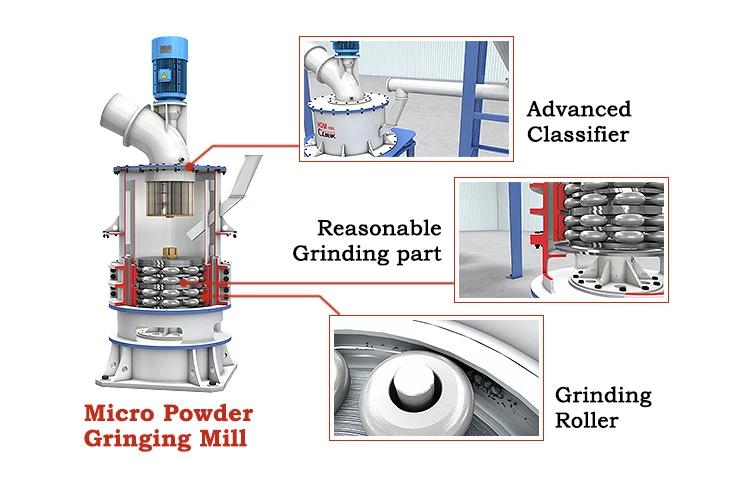
In addition to shells, the HGM series ultra-fine grinding mill can also grind non-metallic ores with Mohs hardness less than 7, as well as solid materials such as glass, coconut shells, and construction waste. It is widely used, has high efficiency and low energy consumption.
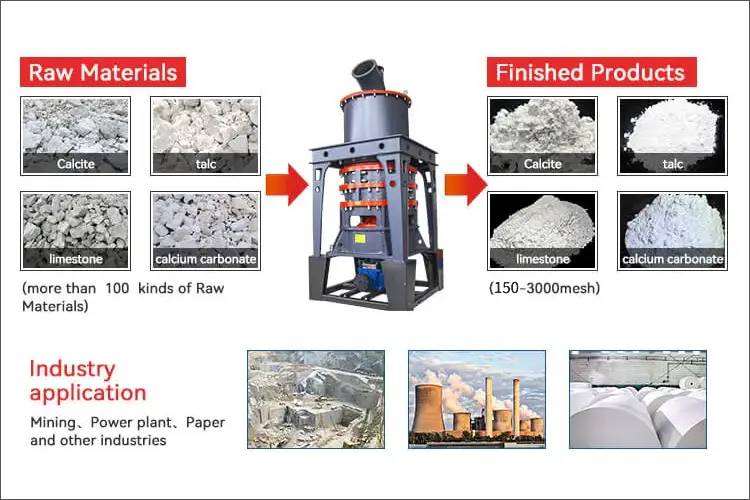
HGM series ultra-fine grinding mills are popular all over the world because of their unique advantages. First of all, it occupies a small area and has low site requirements, and can be used indoors or outdoors. Secondly, it has a wide range of fineness adjustment and can process ultra-fine powder of 200-2500 mesh; it is simple to operate, easy to maintain and has a long service life. Finally, it is environmentally friendly. The HGM ultra-fine grinding production line can be equipped with a silencer and a dust collector, making it a green and environmentally friendly industrial equipment.
The HGM production line includes crushing equipment, conveying equipment, grinding equipment, and powder collecting equipment. The complete production line with standard configuration is as follows:
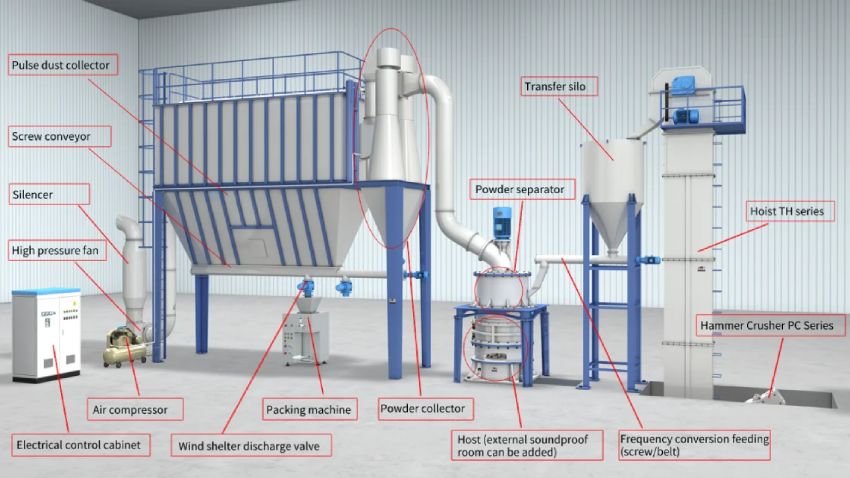
HOT PRODUCTS

Talc Raymond Mill
Capacity: 1-25 t/h
Max feeding size: 40 mm
Discharge fineness: 50-325 mesh
Range of application: Barite, calcite, potassium feldspar, talc…… [Read More…]

Micro Powder Grinding Mill
Capacity: 0.2-45 t/h
Max feeding size: 20 mm
Discharge fineness: 150-3000 mesh
Range of application: calcium carbonate, kaolin, carbon black, dolomite…… [Read More…]

Talc Ultrafine Grinding Mill
Capacity: 0.2-45 t/h
Max feeding size: 20 mm
Discharge fineness: 150-3000 mesh
Processing materials: non-flammable and explosive non-metallic ores with Mohs hardness less than 7…… [Read More…]
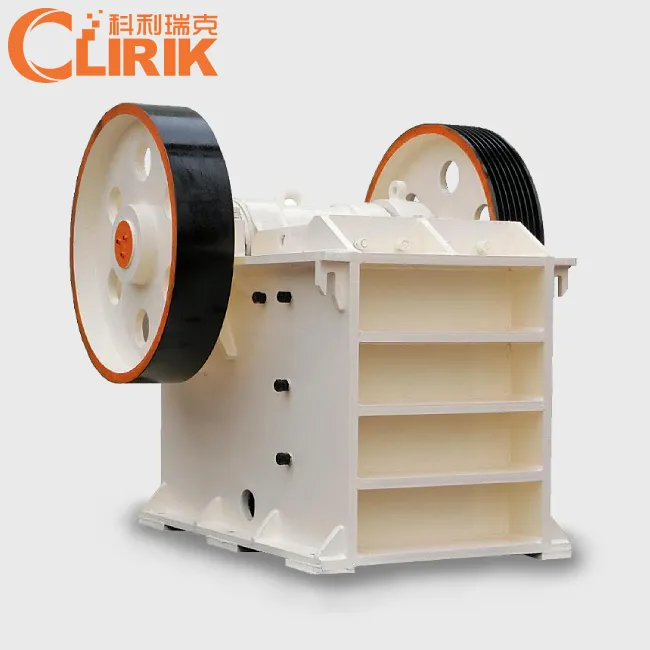
Talc Jaw Crusher
Output Size: 65-160mm
Feed size: 480mm
Capacity: 1-140t/h
Processing materials: Granite, quartz stone, river pebble, calcite, concrete, dolomite…… [Read More…]
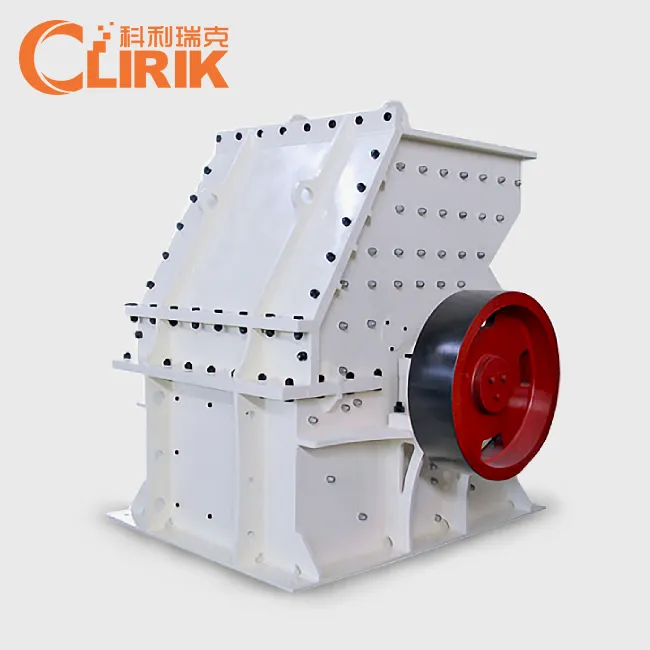
Talc Hammer Mill
Output Size: 5-20 mm
Feed size: <350 mm
Capacity: 5-30 t/h
Application: It is widely used for medium and fine crushing of brittle, medium hardness and soft materials... [Read More…]
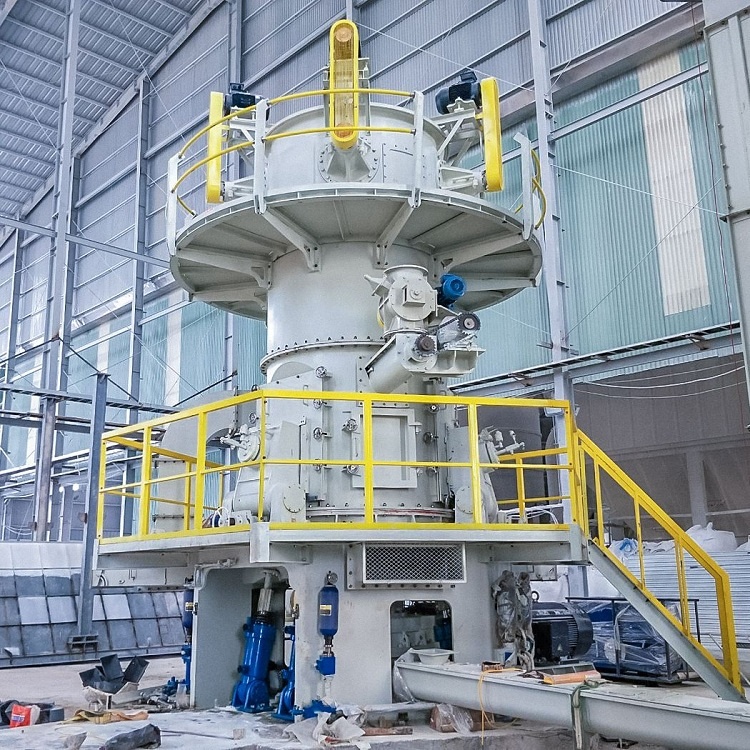
Talc Vertical Mill
Discharge fineness: 150-3000 mesh
Feed size: <15 mm
Output: 1-20 T/H
Product features: It has high grinding efficiency, low energy consumption, uniform particle shape... [Read More…]


